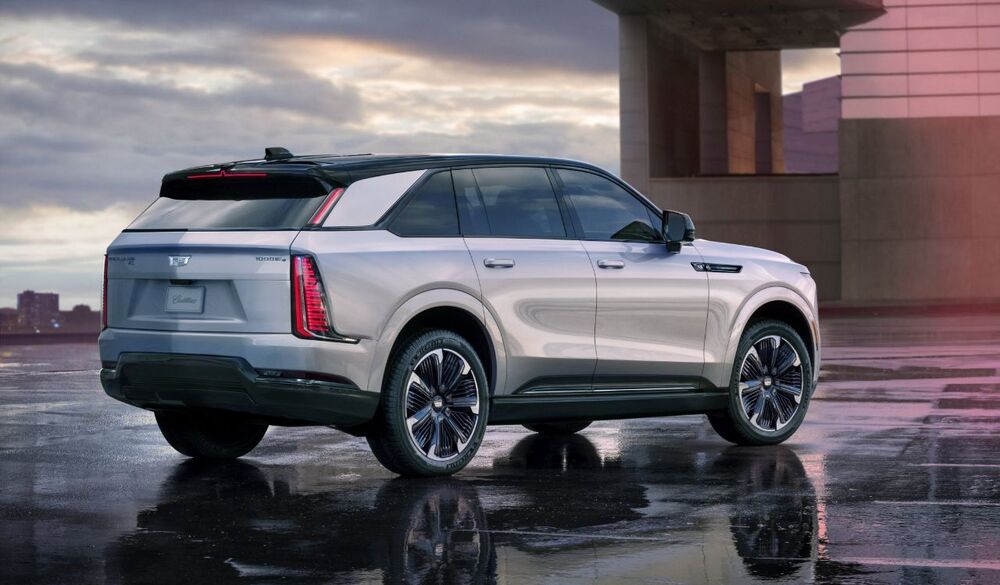 Today, Cadillac unveiled the newest member of their electrified lineup, the 2025 Cadillac Escalade IQ. With The Escalade IQ, Cadillac introduces the first full-size electric SUV to the market. Like the Silverado EV that rides on the same Ultium platform, the Escalade IQ will offer up to 450 miles of range.
Today, Cadillac unveiled the newest member of their electrified lineup, the 2025 Cadillac Escalade IQ. With The Escalade IQ, Cadillac introduces the first full-size electric SUV to the market. Like the Silverado EV that rides on the same Ultium platform, the Escalade IQ will offer up to 450 miles of range.
The Escalade IQ is powered by a dual-motor system capable of producing up to 750 horsepower and 785 lb-ft of torque, delivering a 0-60 time of less than 5 seconds when in the driver-selectable Velocity Max setting. The preliminary towing capability estimate is targeted at 8,000 lbs. Electricity is provided by a 24-module Ultium battery with 200 kWh of available energy. The system architecture is compatible with 800-volt charging, the fastest currently available, and can take on 100 miles of range in as little as 10 minutes. Vehicle-to-Home charging will be available via a software update in the future when combined with Ultium Home products, while Vehicle-to-Load enables the E-IQ to power larger external devices.
One-Pedal Driving, Variable Regen on Demand, and an innovative heat pump thermal system help extend range and increase passenger comfort.
Four-wheel steer reduces the turning radius to 39.4 ft, a 6.5 ft reduction versus not using four-wheel steer. Cadillac arrival mode is a four-wheel steer feature that allows the Escalade IQ to move diagonally, making it easier to pull in and out of tight spaces while making a statement. Adaptive Air Ride plus Magnetic Ride Control 4.0 promises a comfortable and composed driving experience without sacrificing handling. The Adaptive Air Ride is capable of raising the E-IQ by one inch and lowering it by two. Low Ride mode allows the Escalade to be driven with the vehicle fully lowered at low speeds.
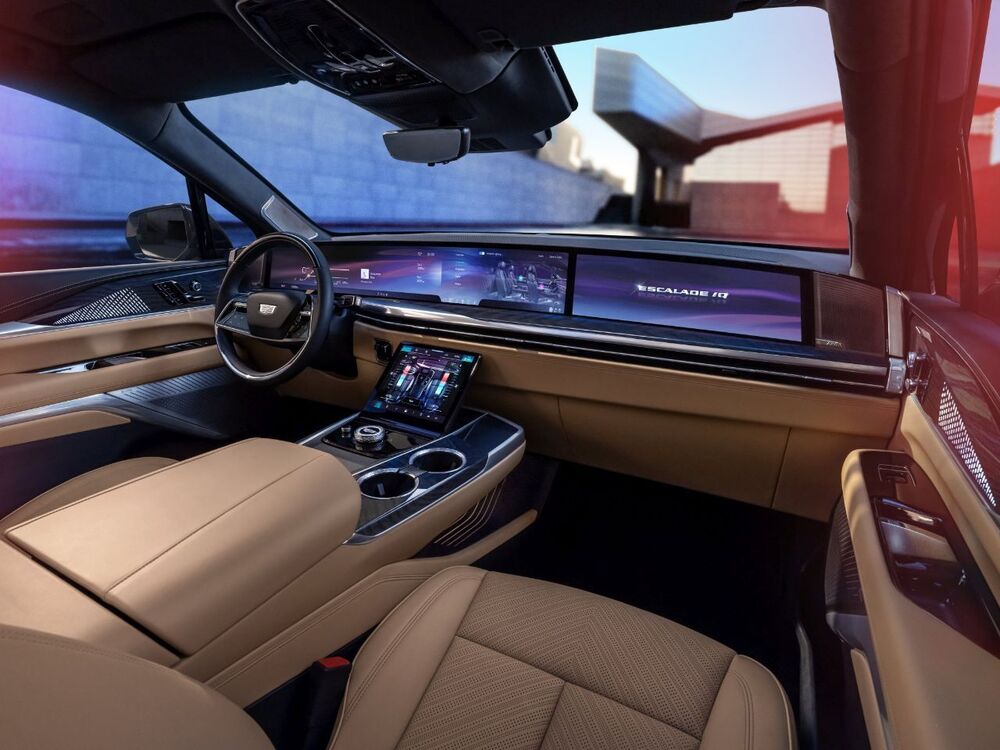 Inside, passengers are treated to a premium cabin featuring a nearly full-width, 55-inch display across the dash, with some space at each end reserved for two of the forty speakers of the available AKG Studio Reference sound system on the available Executive Second Row package. Luxury 2 and Sport 2 systems feature a thirty-six speaker AKG system, while Luxury 1 and Sport 1 trims have nineteen.
Inside, passengers are treated to a premium cabin featuring a nearly full-width, 55-inch display across the dash, with some space at each end reserved for two of the forty speakers of the available AKG Studio Reference sound system on the available Executive Second Row package. Luxury 2 and Sport 2 systems feature a thirty-six speaker AKG system, while Luxury 1 and Sport 1 trims have nineteen.
Cadillac is offering four interior themes with 126 ambient lighting options. Interior trims feature delicate detailing with laser-etched woodwork, and with the available illuminated trim package, the patterns light up at night, offering a unique look and glow.
The Executive Second Row package includes stowable tray tables, dual wireless phone charging pads, 12.6-inch personal display screens, USB-C and HDMI ports, massaging seats, and headrest speakers.
An available package adds power open-and-close doors to all four doors, and if enabled, the driver's door will automatically open as the driver approaches with the keyfob. In addition to the standard rear cargo area, a 12 cubic ft. eTrunk is located at the front of the vehicle.
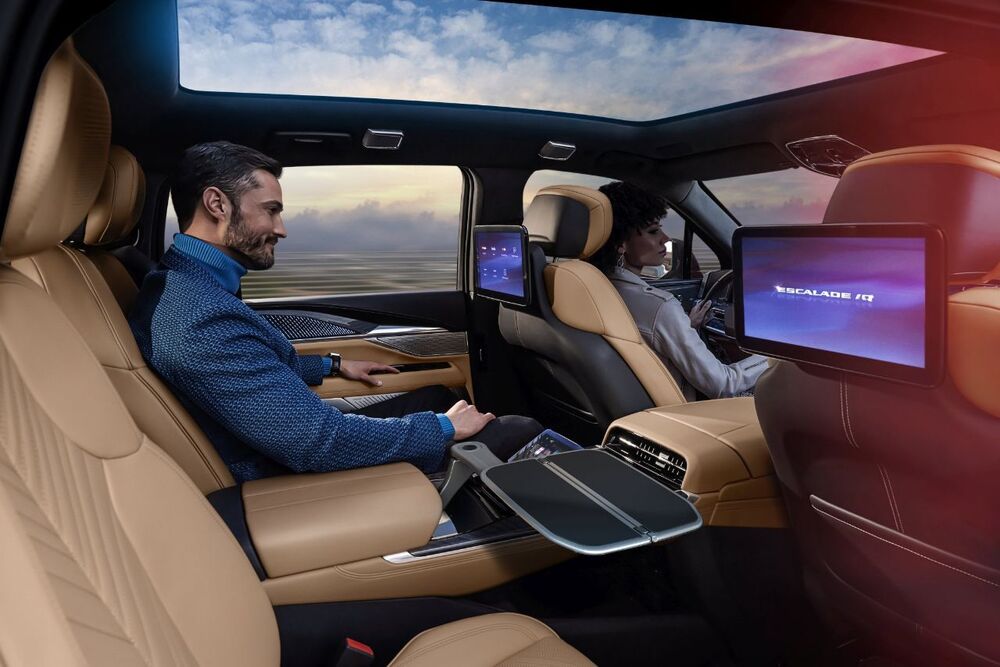 As Cadillac introduced SuperCruise to the market several years ago as an option in high end trims, but in the E-IQ, it now comes standard. Additional active safety features include blind zone steering assist, intersection automatic emergency braking, which enables detection of cross traffic, HD Surround Vision, Enhanced automatic parking assist, and front pedestrian and bicyclist braking that works at speeds from 5 mph - 50 mph.
As Cadillac introduced SuperCruise to the market several years ago as an option in high end trims, but in the E-IQ, it now comes standard. Additional active safety features include blind zone steering assist, intersection automatic emergency braking, which enables detection of cross traffic, HD Surround Vision, Enhanced automatic parking assist, and front pedestrian and bicyclist braking that works at speeds from 5 mph - 50 mph.
Pricing is expected to start around $130,000 when it goes on sale in the Fall of 2024.
2025 CADILLAC ESCALADE IQ PRELIMINARY SPECIFICATIONS
EFFICIENCY
|
Cadillac-estimated range1 |
450 miles (724+ km) |
1On a full charge based on development testing and/or analytical projection consistent with SAE J1634 revision 2017 – MCT. Range subject to change prior to production. Actual range may vary based on several factors, including ambient temperature, terrain, battery age and condition, loading, and how you use and maintain your vehicle.
BATTERY SYSTEM:
|
Type: |
Rechargeable energy storage system comprising multiple linked modules |
|
Battery Chemistry: |
Lithium-ion NCMA cathode, blended graphite anode |
|
Battery Rated Energy: |
200 kWh |
ELECTRIC DRIVE:
|
System: |
2 drive units with 1 motor each |
|
Motor: |
Permanent magnet, bar wound |
|
Power1: |
680 hp / 505 kW – Normal Mode |
|
Torque1: (lb-ft / Nm): |
615 lb-ft / 834 Nm – Normal Mode |
|
Final Drive Ratio (:1): |
13.26:1 – front |
1Based on GM testing
CHARGING TIMES1
|
240V (7.7 kW Including Dual-Level Charge Cord): |
Approximately 14.8 miles of range per hour of charge |
|
240V2 (19.2 kW AC): |
Approximately 37 miles of range per hour of charge time |
|
DC Fast Charge (Public): |
Up to 100 miles of range in 10 minutes of charge time |
1Actual charge times will vary based on battery condition, output of charger, vehicle settings and outside temperature. See the vehicle's Owner’s Manual for additional limitations.
2Home charging requires professionally installed 100A dedicated charge station, sold separately.
CHASSIS & SUSPENSION
|
Front and Rear Suspension: |
Short-Long Arm (SLA) suspension with air springs and MagneRide dampers. Balanced ride and handling with premium isolation. |
|
Steering Type: |
Front: Rack & Pinion Electric Power Steering; |
|
Turning Circle, Curb-to-Curb (ft. / m): |
39.4 / 12 |
|
Brake Type: |
4-wheel disc with DuraLife™ Rotors |
|
Brake Rotor Size OD: |
13.98 / 355 (front) |
|
Wheels: |
24-inch alloy |
|
Tires: |
LT275/50R24 |
1Lower-profile tires wear faster. Tire and wheel damage may occur on rough or damaged roads or from surfaces, curbs, debris or obstacles. This damage is not covered by the GM New Vehicle Limited Warranty. For more details, go to my.cadillac.com/learnabout/tires or see your dealer.
EXTERIOR DIMENSIONS
|
Wheelbase (in. / mm): |
136.2 / 3460 |
|
Overall Length (in. / mm): |
224.3 / 5697 |
|
Overall Width (in. / mm): |
94.1 / 2389 (with mirrors) |
|
Overall Height (in. / mm): |
76.1 / 1934 |
|
Track Width (in. / mm): |
Front: 68.7 / 1745 |
|
Ground Clearance (in. / mm): |
6.9 / 175 |
INTERIOR DIMENSIONS
|
Headroom (in. / mm): |
1st row: 43.5 / 1106 |
|
Legroom (in. / mm): |
1st row: 45.2 / 1148 |
|
Shoulder Room (in. / mm): |
1st row: 65.4 / 1662 |
|
Hip Room (in. / mm): |
1st row: 61.1 / 1551 |
CAPACITIES
|
EPA Passenger Volume |
1st row: 1841 |
|
Cargo Volume1 |
119.2 / 3374 (second and third rows folded) |
|
eTrunk Volume1 |
12.2 / 345.4 |
|
Max Trailering Capacity2 |
8000 / 3628 |
1Cargo and load capacity limited by weight and distribution
2Before you buy a vehicle or use it for trailering, carefully review the Trailering section of the Owner’s Manual. The weight of passengers, cargo, and options or accessories may reduce the amount you can tow.






-3707742431.jpg.06edf8e14f4ccf35c60d4774a543cc11.jpg)
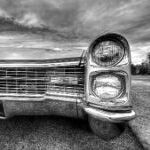
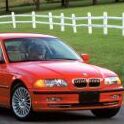
Recommended Comments
Join the conversation
You can post now and register later. If you have an account, sign in now to post with your account.
Note: Your post will require moderator approval before it will be visible.